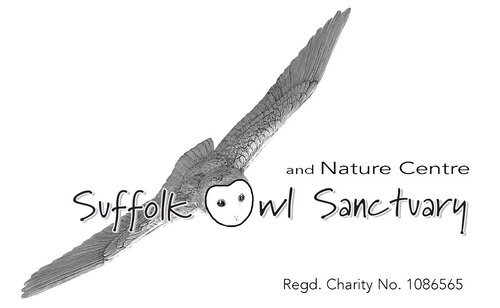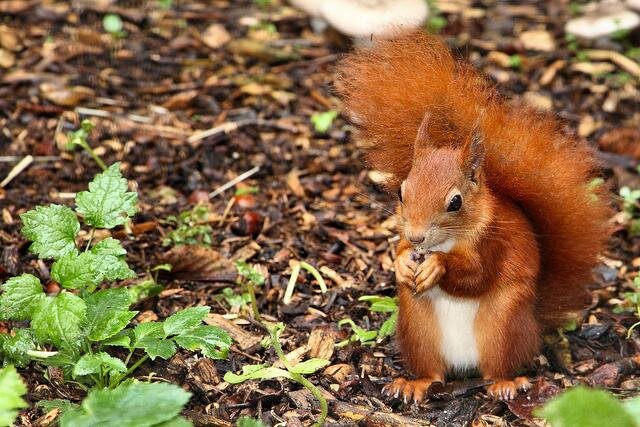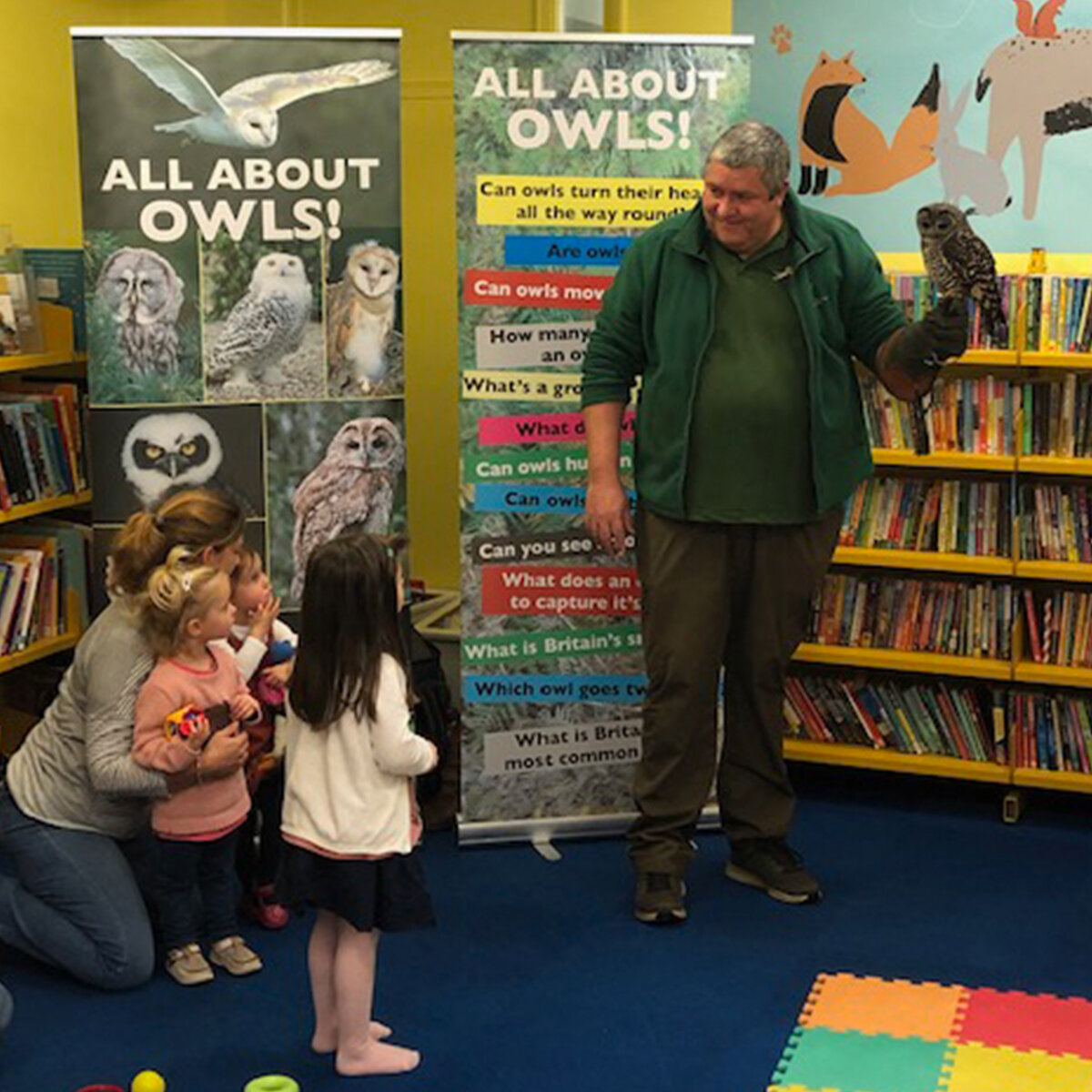Make the most of National Hedgehog Day!
On this important day on the 'hog-lovers calendar, it’s worth remembering that our gardens are becoming increasingly important refuges for hedgehogs because their numbers are in severe decline.
Here are our suggestions on how you can make your garden Hedgehog-Happy.
Leave areas wild
Create a nest site by leaving areas of the garden unkept and wild, with piles of logs, leaf litter and nectar-rich flowers. These will also attract a food source in providing a home for the invertebrates that hedgehogs like to eat.
Hedgehog highways
Hedgehogs can travel a mile (1.6km) or so every single night, so make your garden boundary easy for them to cross. Try cutting small holes (13cm) in fences or digging a tunnel to create ‘hedgehog highways’ which will allow local hogs to move in and out of your garden.
Lawnmowers
Lift the layers of undergrowth and long grass with a blunt pole to check for sleeping hogs before using electric strimmers and mowers - these could result in fatalities to our sleeping friends.
Bonfires
Build your bonfire as close to the time of lighting as possible, so as not to attract unwanted visitors. Ensure you check for sleepy hogs before lightning it.
Slug pellets
Slug pellets and pesticides can poison hedgehogs and should be avoided. If you must use pellets, place them under a slate which is inaccessible to hedgehogs.
Compost heaps
Check compost heaps for hogs before forking it over.
Water sources
Deep water is a hazard for hedgehogs. Cover swimming pools when not in use, and ensure your pond has a gentle slope for them to climb out of should they fall in. Empty out buckets and water troughs in the areas you want to make hedgehog-friendly.
Drain covers and holes
Ensure drain covers are in good condition and any holes are well covered. Should a hedgehog fall down one, they could suffer a slow and agonising death.
Netting
Remove netting from plants and trees where possible (try mesh instead!) and store away football goals and sports nets when not in use. This will prevent hedgehogs getting tangled up and injured.
Litter
Keep your garden free from litter. Hedgehogs can get their head stuck in tins, plastic rings or bags, so dispose of your rubbish safely!
Suffolk Owl Sanctuary and Suffolk Prickles Hedgehog Rescue join forces
A hedgehog hospital has been set up here at Suffolk Owl Sanctuary, initially to provide wintering accommodation for hibernating hedgehogs in an effort to support the overflow and enormity of requests from Suffolk Prickles Hedgehog Rescue. We have also set up displays around the Hotel to illustrate best practice in setting up a "Hedgehog Happy" garden.
A second phase of this project and installation will be to provide recuperation facilities for recovering hedgehogs who have firstly been rescued, housed and treated by the Suffolk Prickles Hedgehog Rescue team.
We are very excited to see this partnership develop, and to work to relieve the load pressuring our local wildlife rescue services.
Click here to learn more about Suffolk Prickles Hedgehog Rescue
Click here to donate or support Suffolk Prickles Hedgehog Rescue
Click here to adopt a hedgehog
If you have found a hedgehog that looks sick, lost, injured or dehydrated, call Suffolk Prickles Hedgehog Rescue on 07469 177 090


























































